More than 100 military leaders from across the United States and NATO gathered this week at the U.S. Naval War College in Newport, Rhode Island, for a major multinational wargame focused on maritime force employment in Europe.
The exercise, titled Euro-Atlantic 2025 (EA-25), marks the beginning of a new wargame series led by U.S. Naval Forces Europe-Africa (NAVEUR-NAVAF) and hosted by the U.S. Naval War College (NWC). It builds on the previous Trans-Atlantic Maritime Command and Control (TAMC2) games held between 2021 and 2024, but with a sharper operational edge and broader Allied participation.
According to the U.S. Navy, the event was designed to test the U.S. Maritime Concept of Operations (USMCO) for the European theatre in conjunction with NATO maritime planning frameworks. Over five days, participants representing U.S. and NATO commands worked together to simulate crisis scenarios, make force employment decisions, and identify gaps in coordination between Allied navies.
“The scale and complexity of the challenges we face in the Euro-Atlantic are too large for any one nation to overcome alone,” said Admiral Stuart B. Munsch, Commander of U.S. Naval Forces Europe-Africa. “That’s why strong and determined Allies, working closely with the U.S. Navy, are essential.”
The wargame involved three core cells: a blue team representing U.S. forces, a purple team comprising NATO allies, and a red cell representing a capable adversary. While the scenario did not name a specific opponent, the geographic focus and structure strongly suggest Russia as the principal adversary modelled.
Key NATO components involved included Allied Maritime Command (MARCOM) based in Northwood, UK, and Naval Striking and Support Forces NATO (STRIKFORNATO), headquartered in Lisbon, Portugal. U.S. European Command, U.S. Marine Forces Europe, and NATO Joint Force Commands from Naples, Norfolk, and Brunssum also participated.
Lt. Col. Marc Blankenbicker, the wargame’s director and a military professor at NWC, said the game provided a critical opportunity for Allied planners to assess readiness and coordination.
“This game provided players the space to make operational-level force employment risk decisions, identify gaps and opportunities in our collective concepts and plans, and engage with an independent adversary capable of providing feedback through their own decisions,” he said.
Rear Admiral Darryl Walker, President of the U.S. Naval War College, spoke on the strategic importance of such exercises.
“This kind of analytical wargaming is how NWC informs the warfighters of today,” he said. “We design these games to help operational leaders synthesise their planning with lessons learned from current conflicts, identify potential blind spots, and pursue opportunities for innovation in the face of complex challenges.”
At the conclusion of the game, participating commands presented their observations and recommendations, which will be analysed and compiled into a final report over the coming two months. The findings will be delivered to NAVEUR-NAVAF as part of the U.S. Navy’s wider Analytic Master Plan.


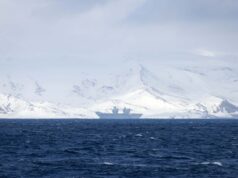

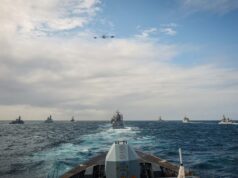

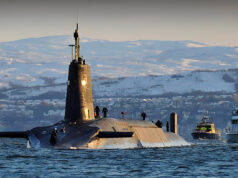
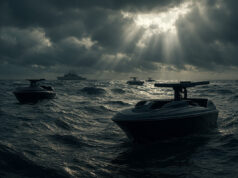
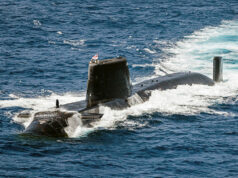

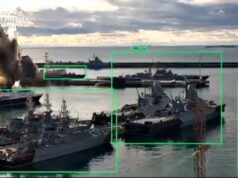
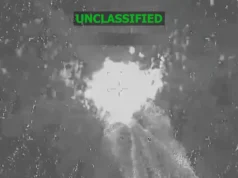

Would love to be a fly on the wall.
So UK and RN what can you surge to support NATO?
Errrr maximum 5 frigates, 3-4 destroyers, 3 SSNs and a carrier.
For context that’s not much for the worlds 5-6th largest economy and the nation that calls itself NATOs number 2.
SDSR has to add much needed firepower and mass back onto our armed forces. A small uptick of say 2 more type 26 and another batch of type 31s and a few more RFA Proteus type subsea warfare drone mother ships would be a very good start.
For a country that is basically the size of Florida I would suggest that really that’s not so bad. But you are correct in saying that we need more but just getting some of the ones in build/fit out into service would help.
Florida is a lousy comparison when the UK has the best part of 3 tines the population…
Why do I have a feeling another US Admiral is about to get fired. I mean how dare he suggest that Donald Trump Land needs allies when his CinC clearly believes they don’t.